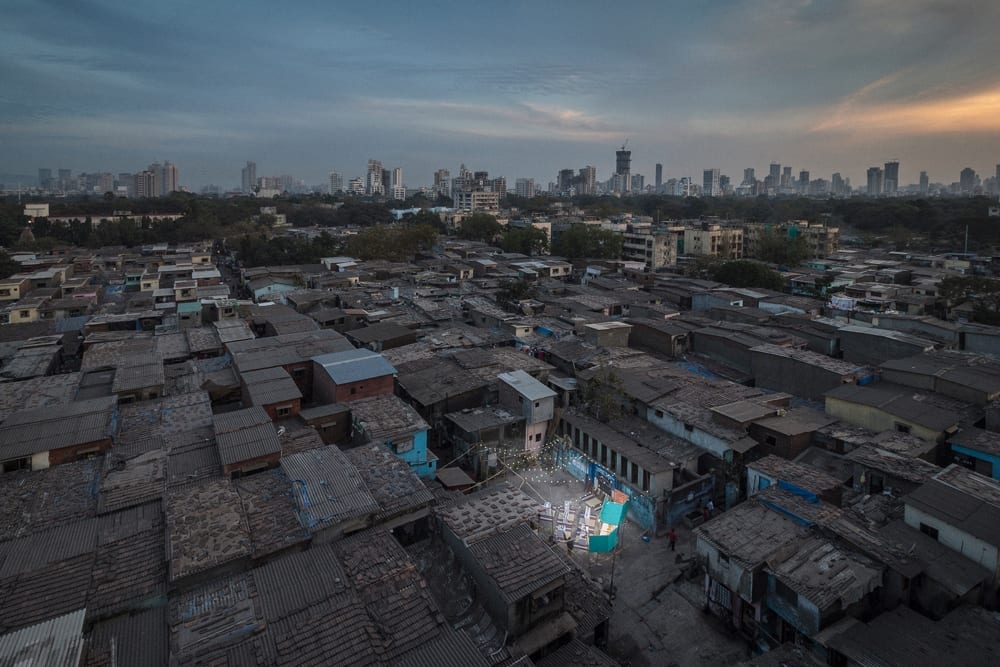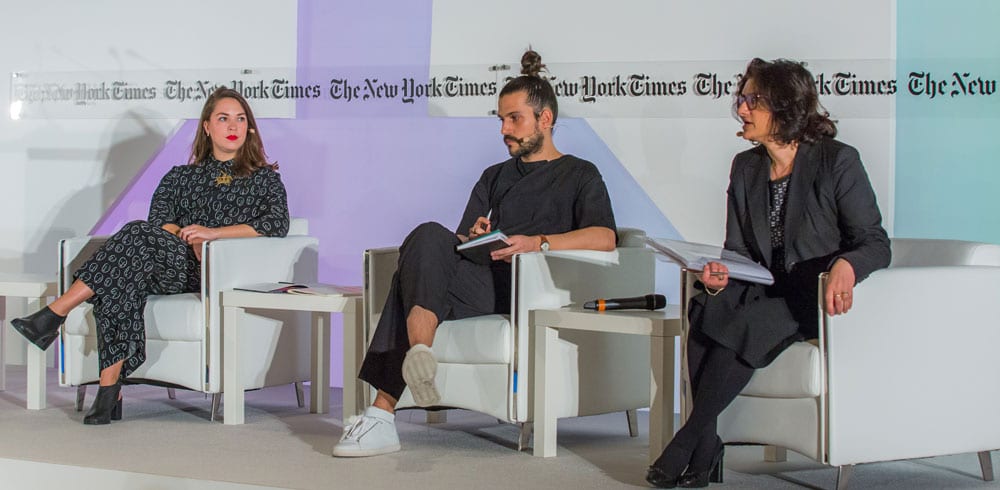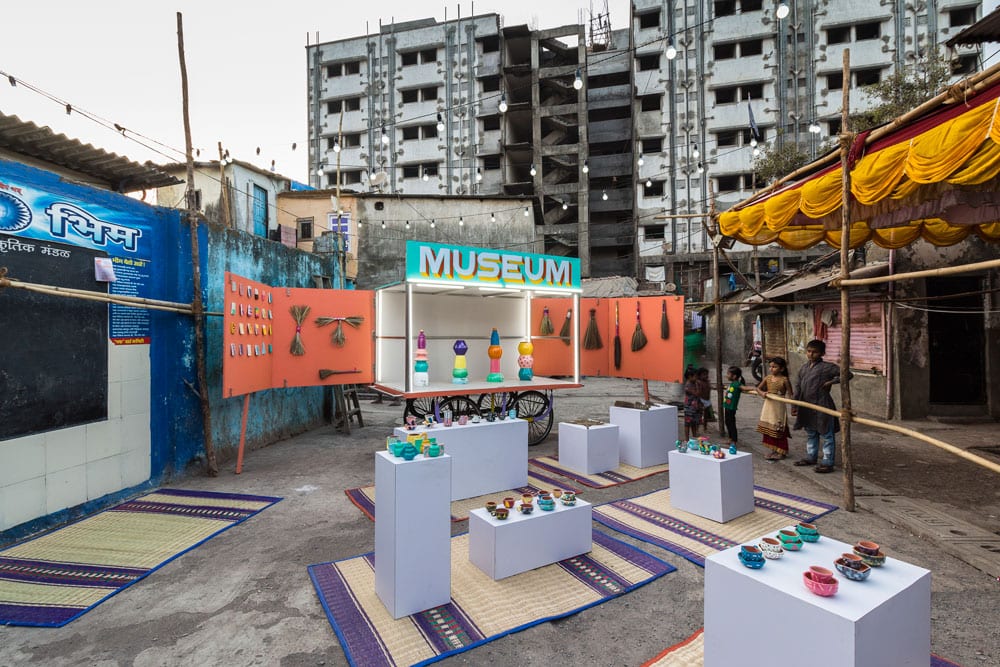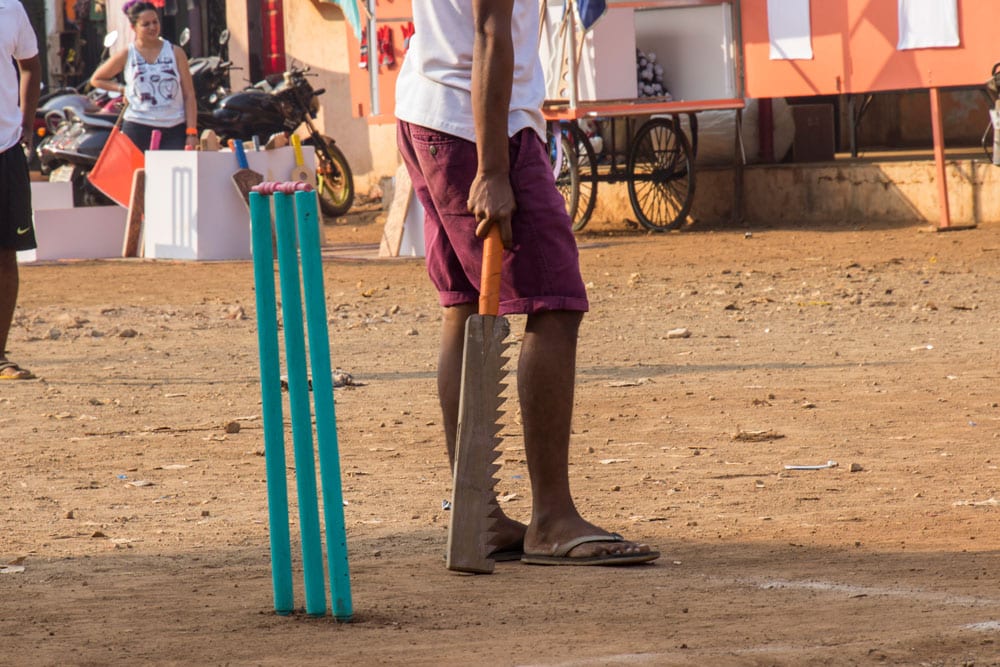The Museum in a Slum
The Museum in a Slum (Dharavi)
Museums have always been subjected to respect and honour. What if they were built within the world’s largest slum?
Enough has been said about the largest slum in Asia – Dharavi. And yet, it is difficult to resist the need to portray the curious landscape in our own words. Dharavi is the underbelly of cosmopolitan Mumbai, a place where humanity thrives on non-existent spaces, where hygiene and sanitation are given the least of regards, yet it is the place where community and commerce flourishes. Dharavi has been the setting for many movies, both Indian and international, and the sheer size of the population (of over 1 million) thickly packed within tin-roofed huts, makes a stimulating sight that has pivoted the curiosity of the masses. It is the setting that often defines India, the land of poverty, where stories of happiness and even prosperous living are found within seemingly stigmatised surroundings.
Dharavi, a lively blend of flimsy shacks, one-room brick tenements with tin roofs and multi-storied buildings, as well as schools, temples and mosques also entertains scores of small businesses, ranging from auto repair shops to textile units and even leather manufacturing units. It is a familiar setting that is much publicized yet continues to be the dark secret of the city, branded as a “slum” even with all the shackles it has shattered through its smart commercial potentials. Dharavi has also created a history of sorts, of having a museum within its confines.

For the creators, Jorge Mañes Rubio and Amanda Pinatih this inspirational idea of Design Museum Dharavi came after a visit to Dharavi about seven years ago and it seemed the right place to reimagine a museum, “precisely because such an idea doesn’t really fit within its context”. According to Amanda Pinatih, the young art historian and curator based in Amsterdam, creating the museum in Dharavi was a provocation in itself. “Over the past few years we came up with the idea to create a museum that would feature all the creativity, potential and resilience that also defines Dharavi and its inhabitants,” says Pinatih.

The two founders were inspired by the location, “because it was much more than the post-apocalyptical location that we find on the media or on the internet or in any other slum narratives”.
Rubio explains, “Museum is a big word, a very western idea, and we chose it intentionally. We could start from scratch because the concept of a museum doesn’t exist here yet, not because is not necessary. The project’s experimental spirit precisely lies within the barriers it aimed to break.”
The Design Museum Dharavi engages with local makers in new collaborations, exploring their creativity and designing new objects for public exhibitions. The showcased objects reflect new creative directions for these local makers, portraying their identity and that of their communities in surprising and original ways. These exhibitions provide visitors with a completely different perspective, showcasing skills that go beyond cheap or repetitive manual labor, an idea that unfortunately tends to be associated with local manufacturers. “Design Museum Dharavi supports these makers and their practice, creating the space and time necessary to experiment with new designs that go beyond their usual commissions. Every exhibition has a different theme depending on the collaborators, location, season, or subject chosen as inspiration,” says Pinatih. “The museum opened with an exhibition inspired by local themes and everyday symbols such as chai (tea), water containers and brooms. The second exhibition featured a street cricket tournament, a sport that every Indian is passionate about, where richly hand embroidered uniforms and stunning hand-carved wooden bats were not only displayed but also put into action.”
Pinatih and Rubio were inspired and touched by the creativity and the passion with which the museum was embraced in the Dharavi community. Pinatih remembers how a small boy from the community explained the museum to his friends, “a magic show without the magic”, that reflected on how the Museum touched the lives of those whose wares and lives were on exhibit, for reasons other than the resilience and poverty that Dharavi is mostly associated with.

While the project seems to have shone the light of creativity on the least expected place in India, what more has it achieved? Has the concept of museums been questioned, have museums become more socially relevant because of this project?
Pinatih believes they have tried to change perceptions; of the place that the museum was brought to and the concept of the role of museums.
“The Design Museum Dharavi was created as an experimental project to explore the impact that design may have in the perception and future development of areas such as Dharavi. It started as a two-month project, although it continued for over a year,” says Pinatih. “We are excited to see how institutes, museums and similar cultural institutes will adopt a more socially relevant role in the future, where design methodologies are being applied in unexpected scenarios. On a meta level, our idea is to create a model that in the future can be implemented in other similar settlements around the world.”

The creators are not only motivated by the role they had to play elevating the artistic value of the location but they are also convinced that supporting a future generation of creative talents in home-grown neighbourhoods will not only allow a greater cultural exchange and appreciation, but it could also increase the integration of these neighbourhoods in the economies and societies of future cities.
“We firmly believe that design practitioners, academics and institutions should engage in this challenge,” says Pinatih.






